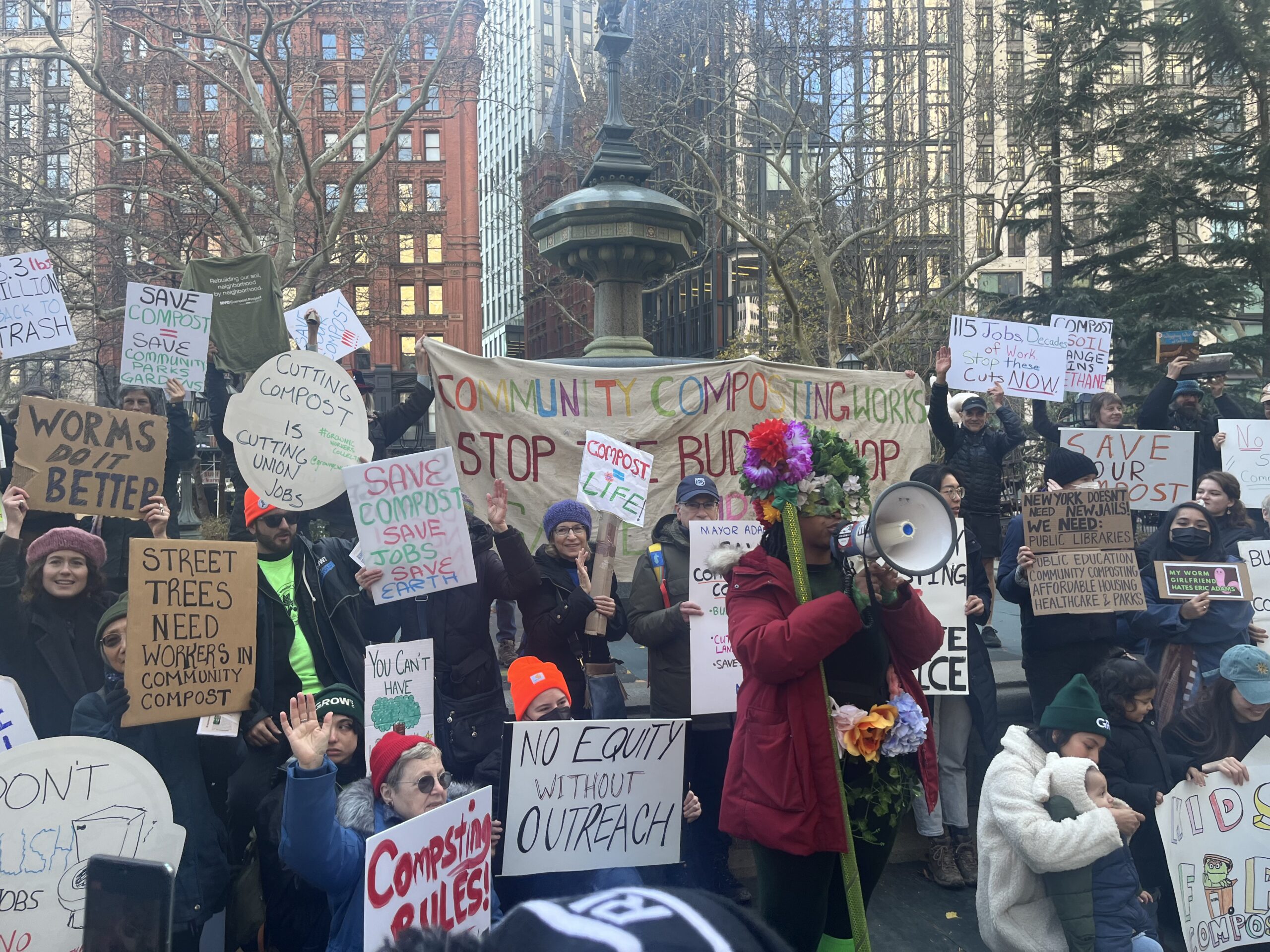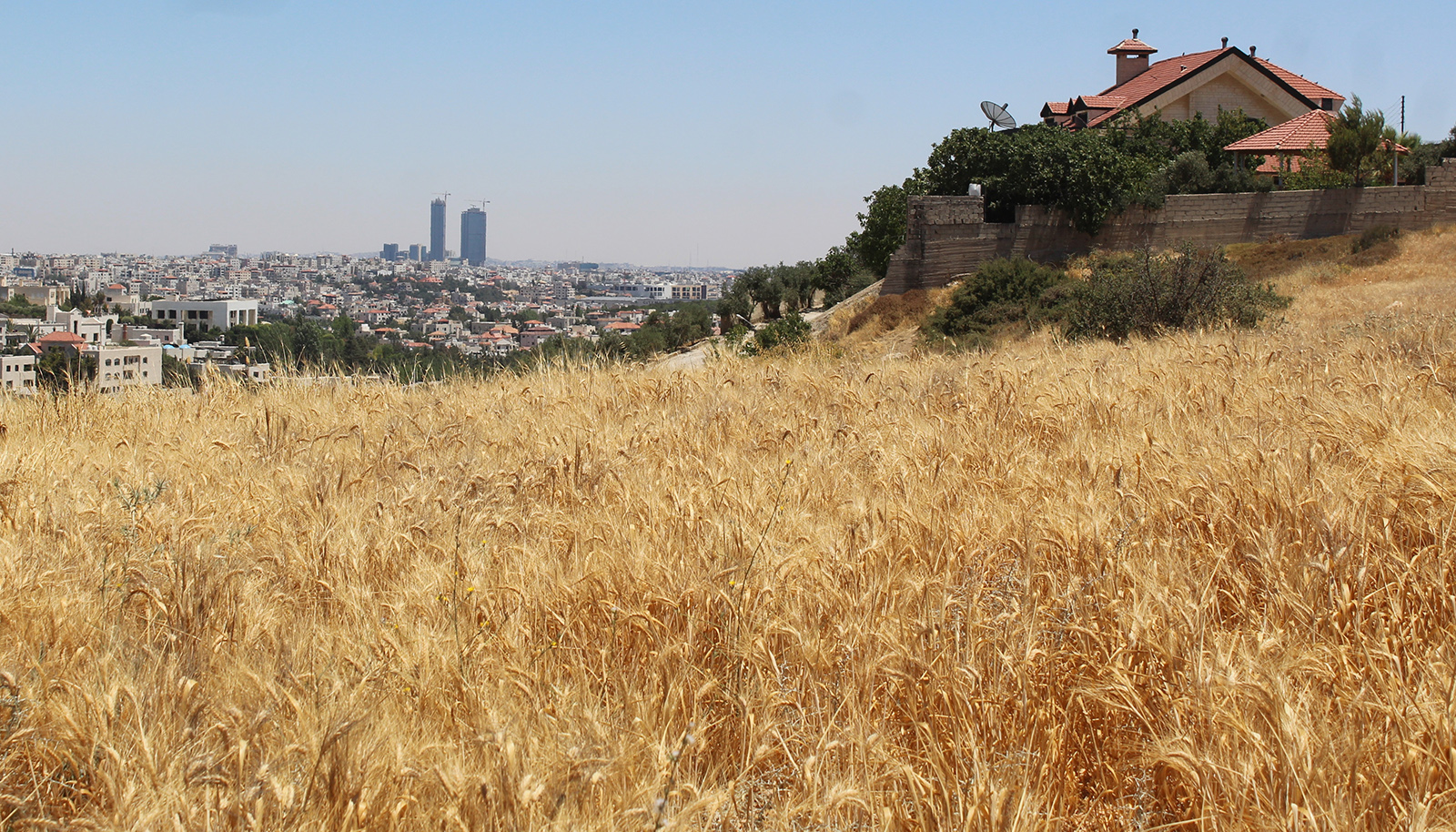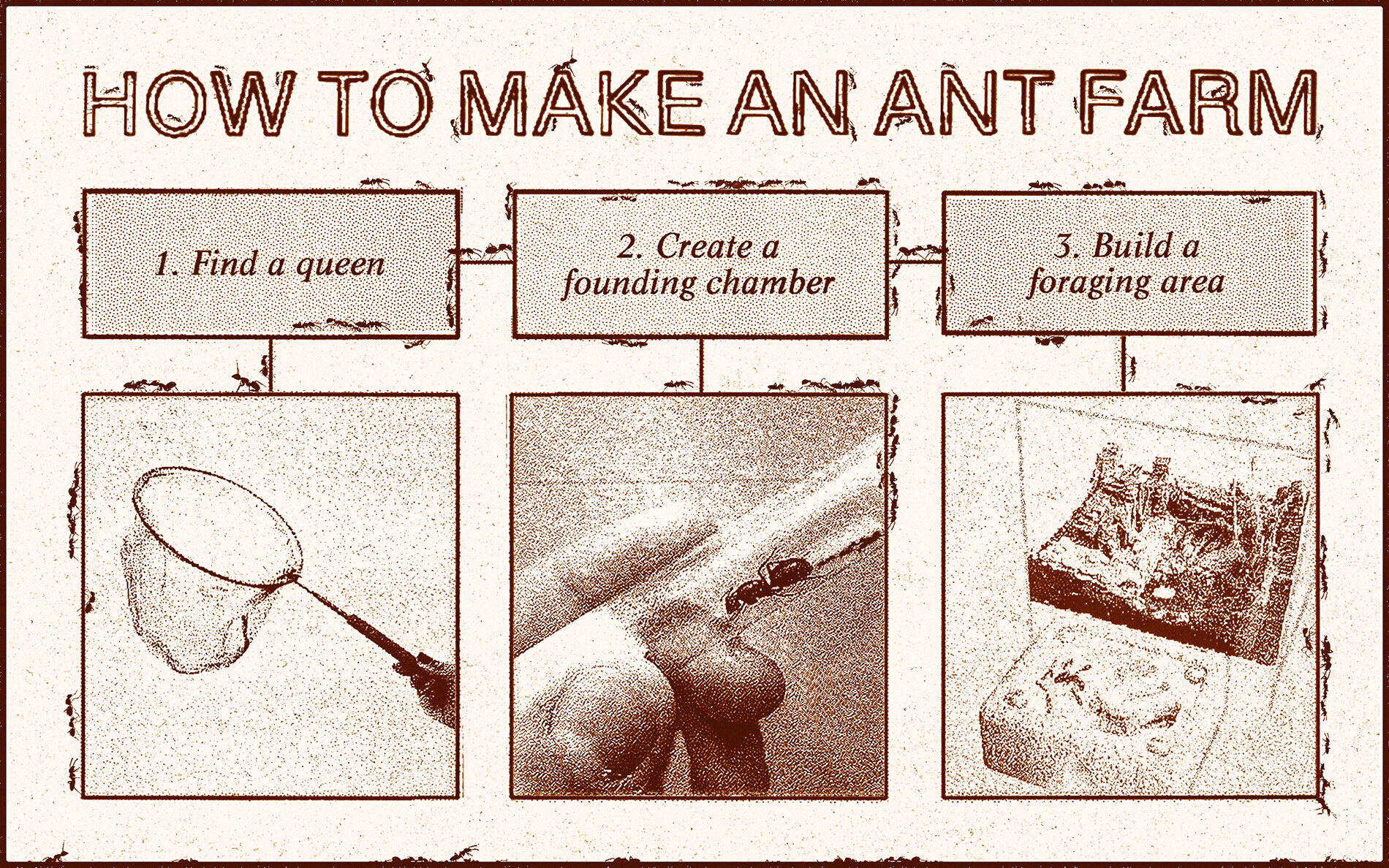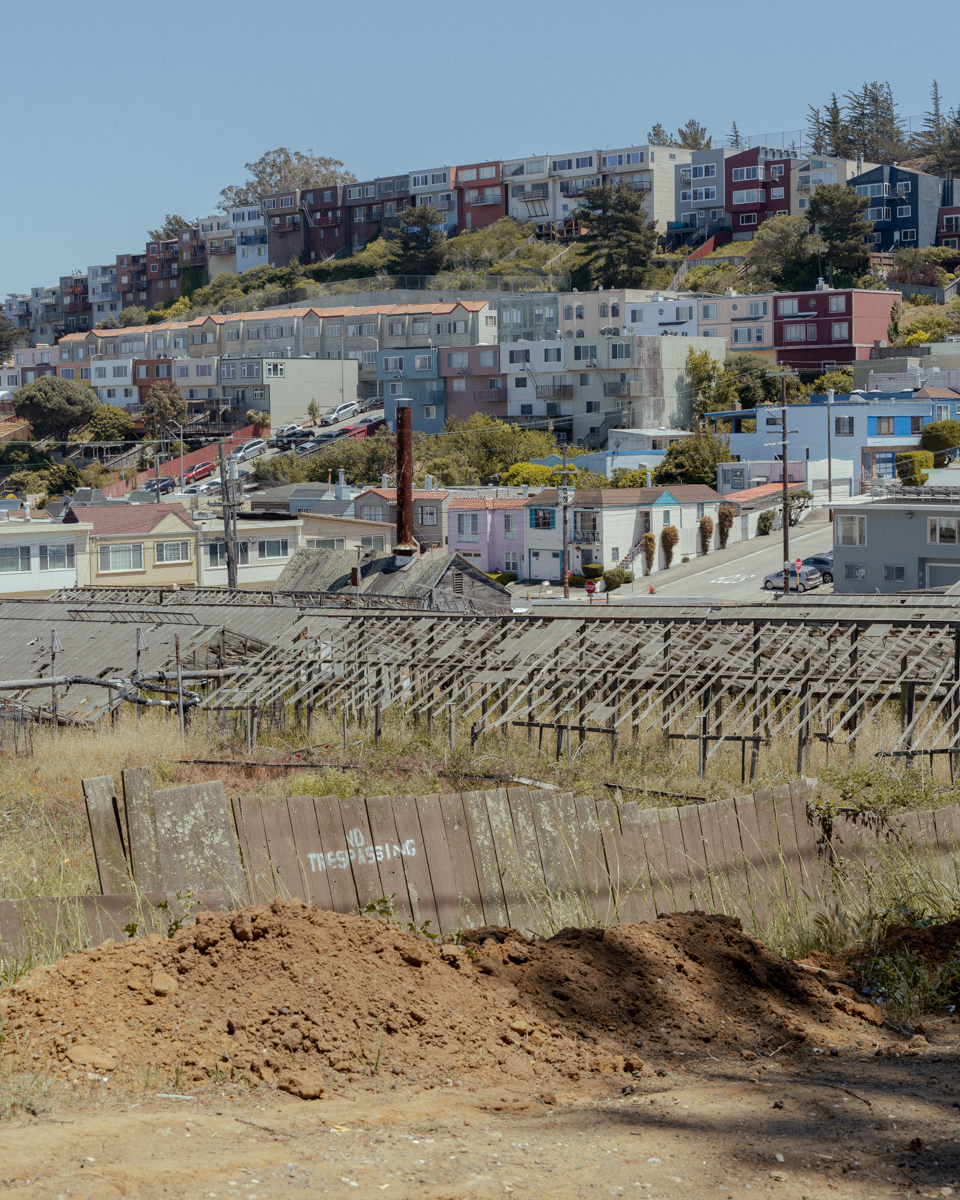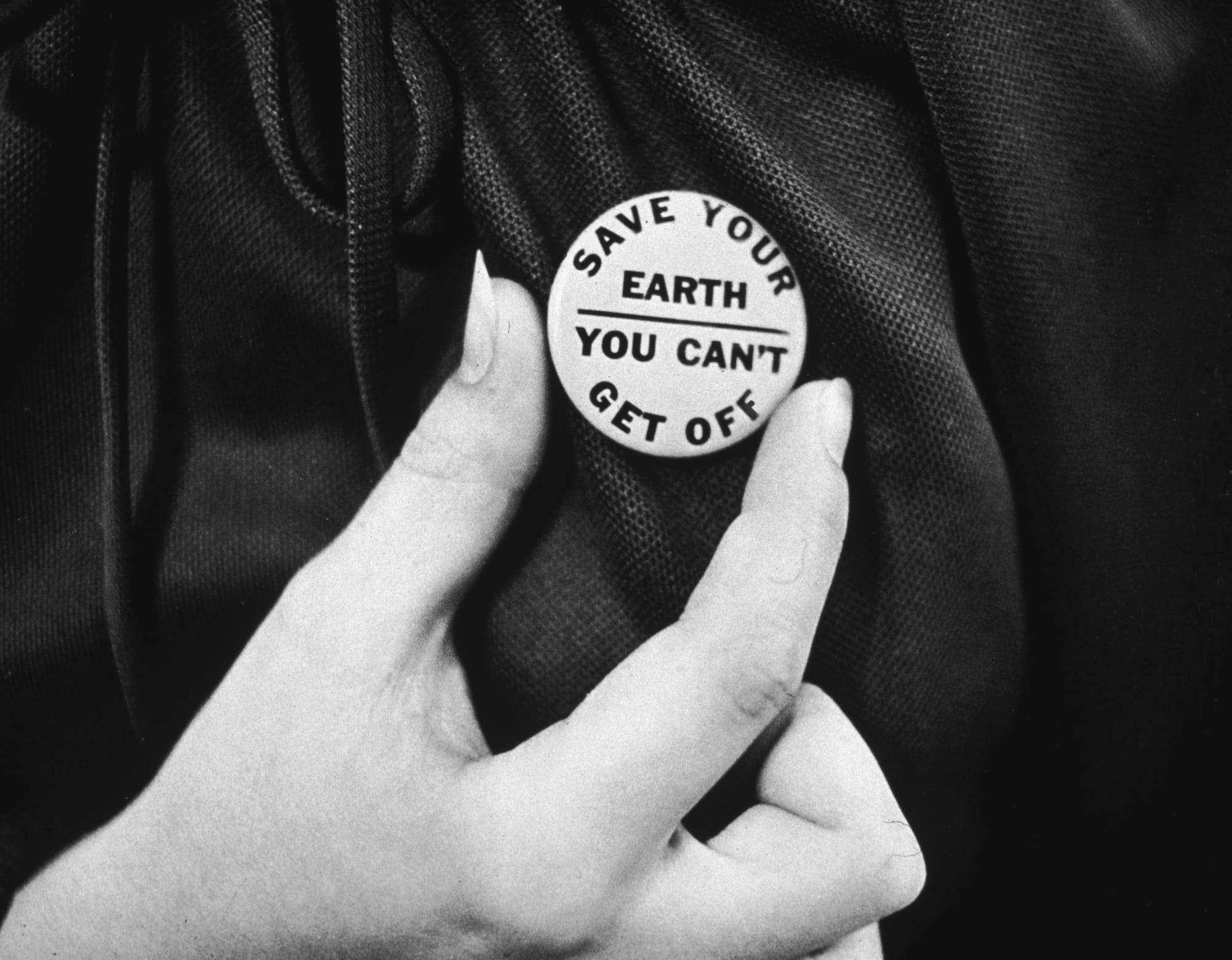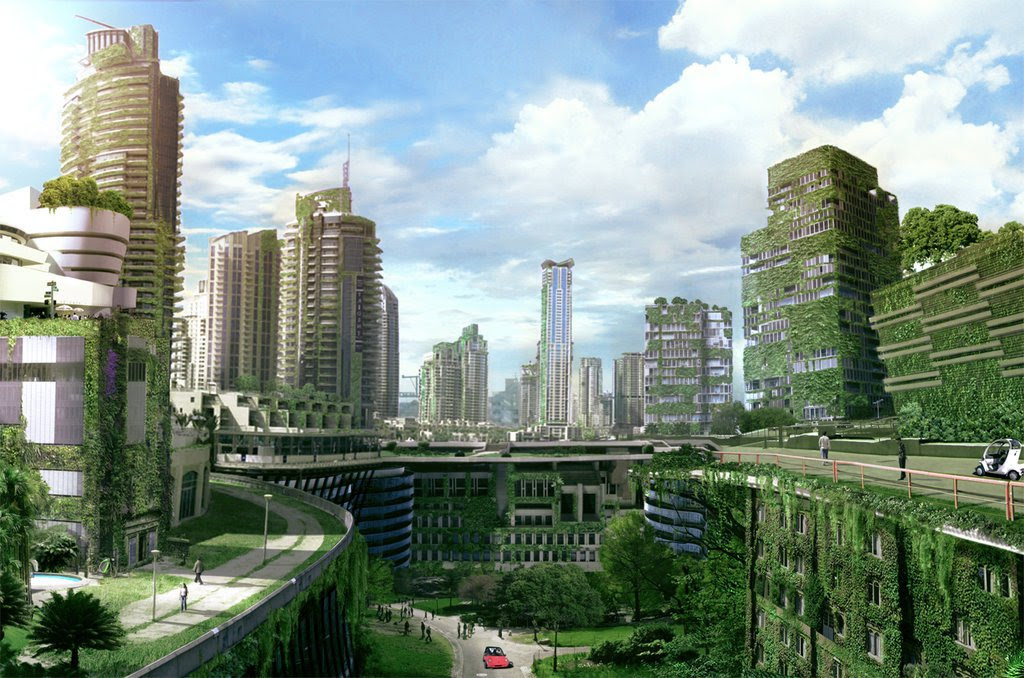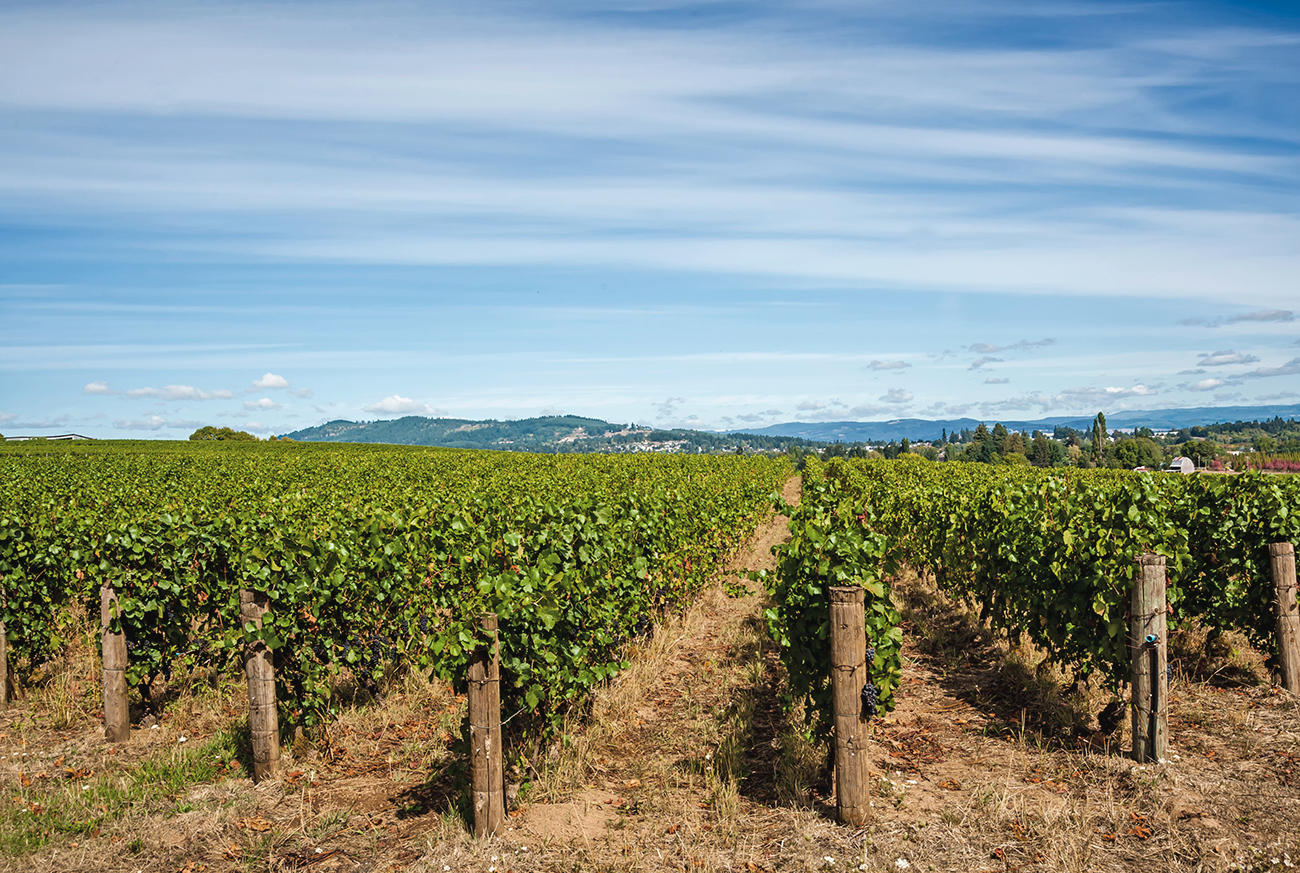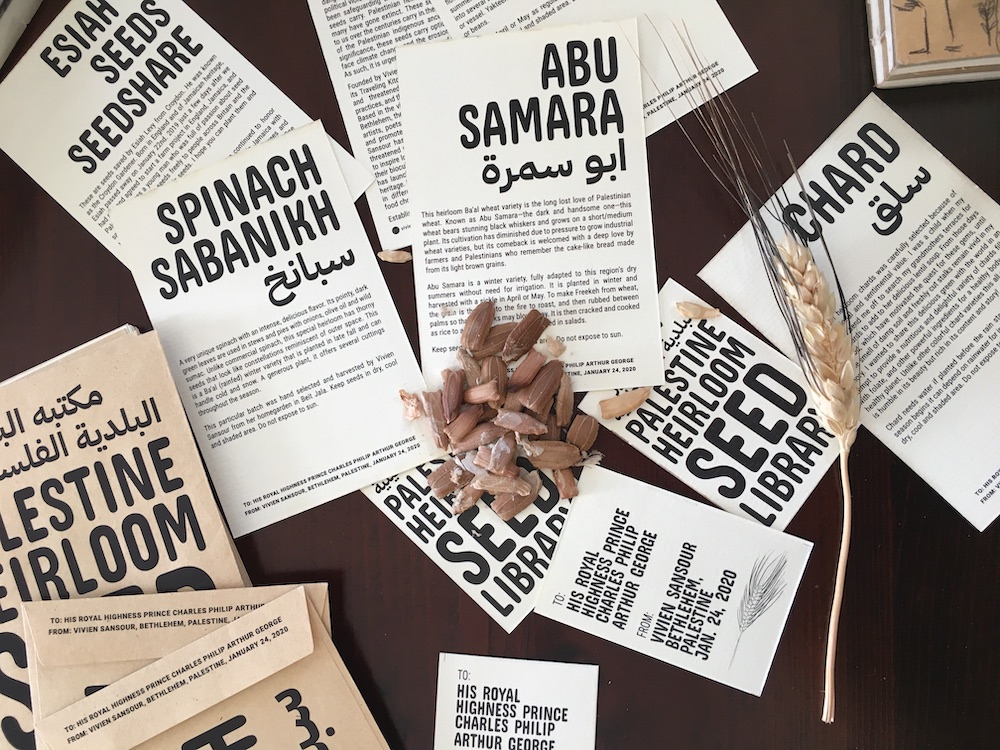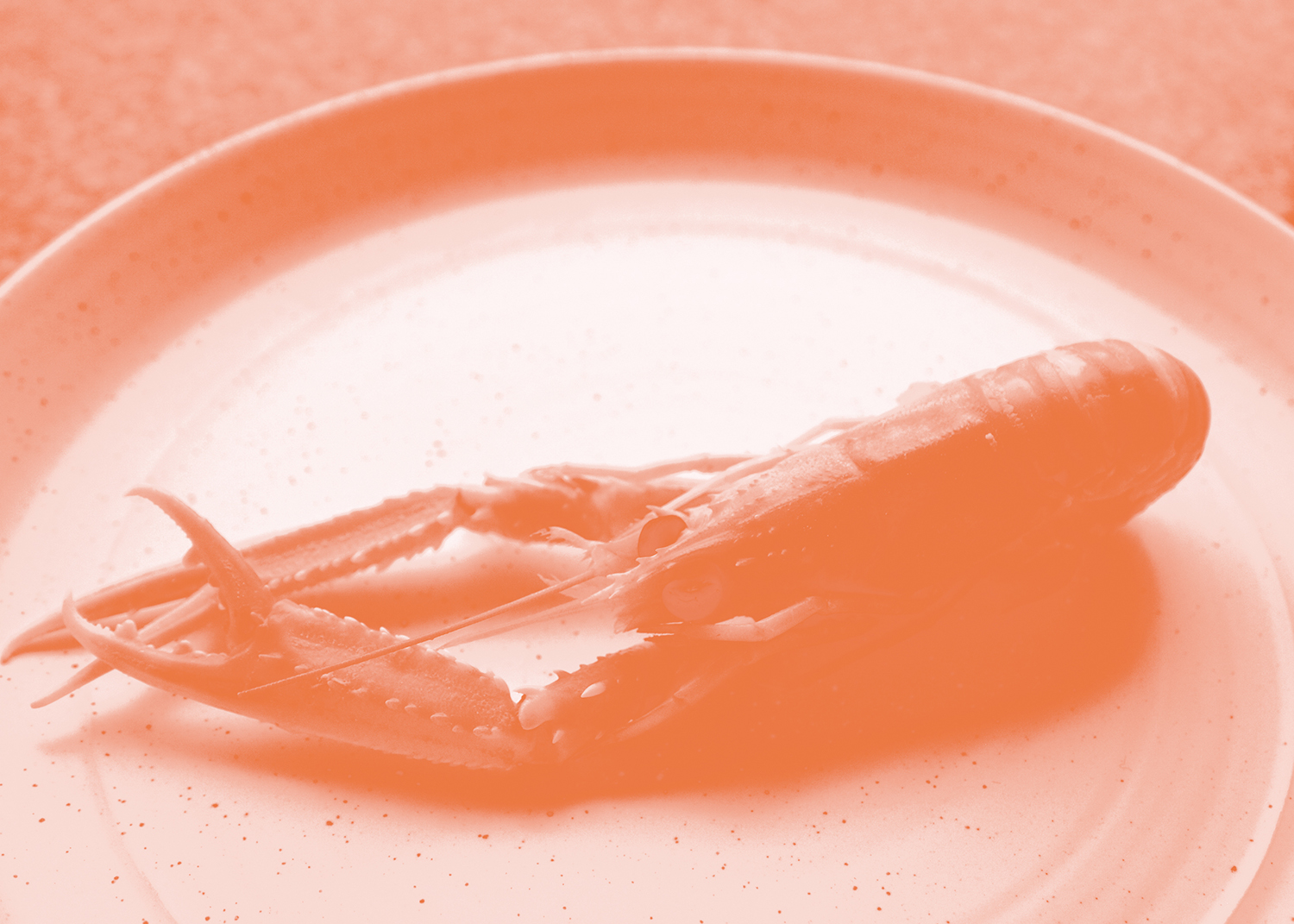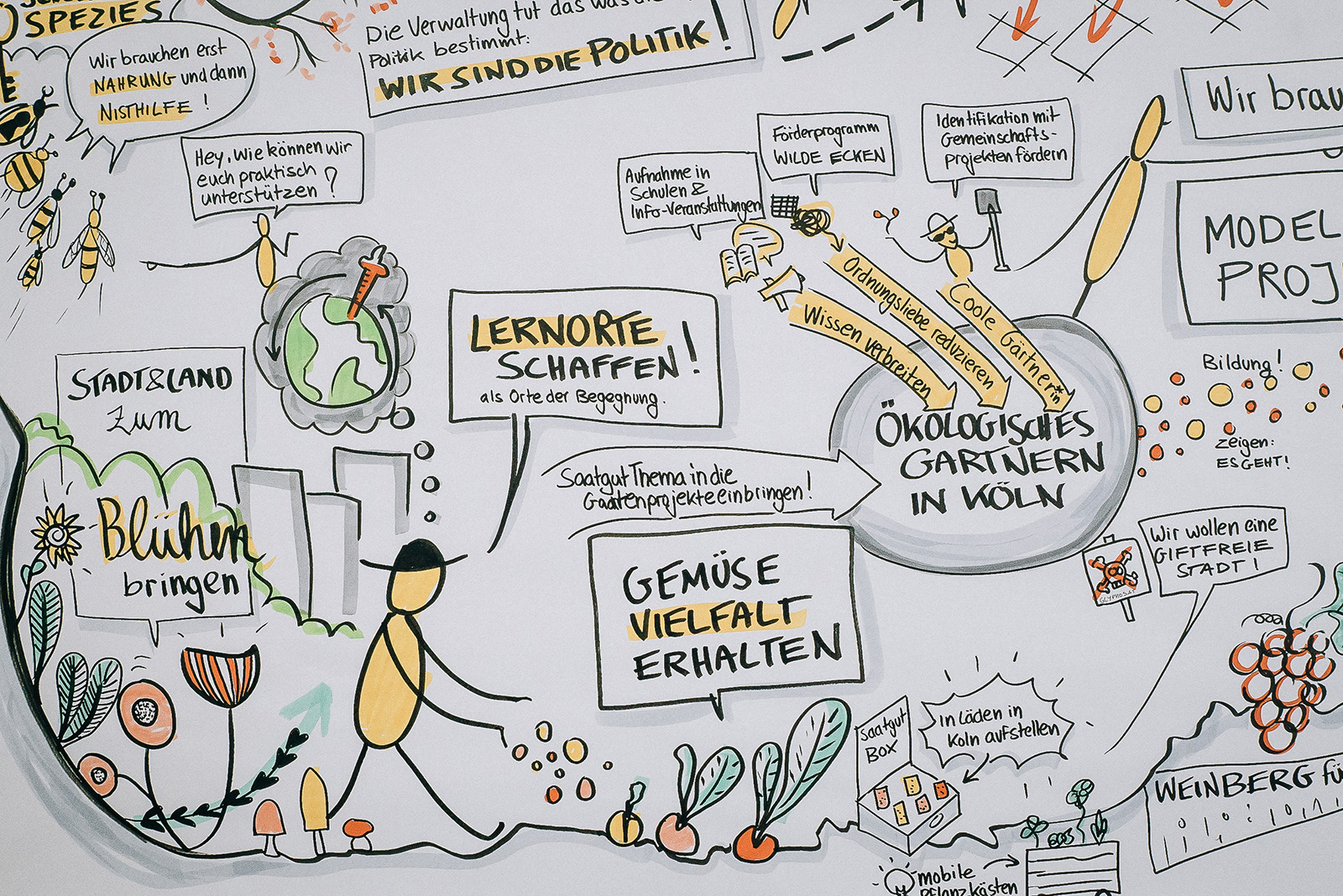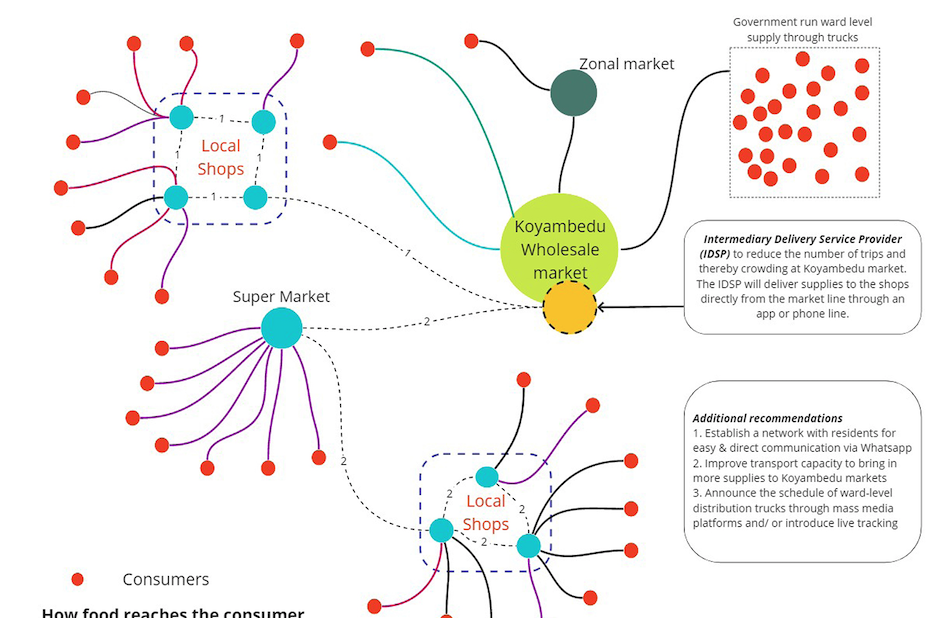This is part one of a three-part series on coffee in India. Read Part 2: Coffee in the Cup, Roasting and Brewing in Indian Coffee Culture here.
“Most of my energy in terms of thinking and doing is over there. I come to the city to relax”
That’s Pranoy Thipaiah, the fifth-generation coffee planter and partner at his family’s estate, Kerehaklu located in the coffee-growing region of Chikmagalur. Pranoy is 25, and part of a small group of young, next-gen coffee planters and by “over there” he refers to the work that he’s doing at his plantation.
“A lot of people want to have a job in the city. But I think especially in Chikmagalur, a lot of farmer’s kids in their 20’s are getting serious about growing the coffee. I’m enjoying that trend because we are sitting on some really great coffee. Last year was the first year we got our coffee evaluated by a Q grader and that made us realise our own potential of what we had.”
For the last few years, specialty coffee has been going through an evolution of sorts and has created a new wave of globally inspired farmers, better valued beans, and a keen interest in sections of the urban population to experience coffee in a whole new sense.
So what’s different today? Most planters are going to say the weather.
https://www.facebook.com/HalaseEstate/videos/641563302990316/
“The weather is fluctuating. And is no longer predictable at all. Even if we look at our old rainfall logs, we go into it and see from June-August we get three months of rainfall and you know that’s going to happen. But just this week we’ve got some heavy rains that make it feel like we’re in the monsoon season again.”
Many of these coffee growing regions are facing prolonged droughts and then record rains. This is the second year in a row that heavy rains and landslides have severely impacted yield. Ironically this drought-flood-drought-flood trend has a lot to do with how coffee is being grown presently in India.
Coffee was first smuggled into India by Baba Budan and planted in the Baba Budangiri (giri meaning hills). Colonial rule ensured that coffee was planted widely across suitable regions across the Western Ghats—Karnataka (Kodagu, Chikkamagaluru and Hassan), Kerala (Malabar region) and Tamil Nadu (Nilgiris District, Yercaud and Kodaikanal)—leaving India to be the sixth-largest coffee producer in the world.
Although coffee has been commercially grown for over 200 years here in India, the way we’ve been planting coffee since has been changing. Indian coffee is shade grown but in an article by Nandita Jayaraj and Maike Nesper, an agroforestry expert, explains that over a period of time there has been a loss in biodiversity at these plantations. Shade trees are being replaced by silver oaks that don’t benefit the species of the area. “Giant honeybees – important for pollination of the coffee flowers – need broad canopy native trees to build their hives, so fewer of them means lesser pollination.”
Over a period of time, these neglected eco-systems are causing an effect on the weather and in turn, economic productivity. Lower prices means planters are looking for ways to diversify their income. One way is through tourism. Homestays at coffee plantations have grown to be increasingly popular for urban folk looking for some R&R on weekends. The demand has caused the clearing of plantations and forest cover to build resorts and hotels. This claiming of land just feeds back into the vicious cycle of disappearing biodiversity, bad weather, crop loss, declining economic productivity.
Not just homestays but “mining activities, timber mafia, hydroelectric projects, and Yettinahole project, have damaged the ghats to a great extent,”says Dinesh Holla, convenor of the environmentalist group Sahyadri Sanchaya.
Studies have shown that the coffee growing western ghats is a significant bio-region in India as it is a source of moisture for rainfall in parts of the county that are struggling for water for agriculture and industry.
While the weather and economic fluctuations are worrying, in a parallel universe, planters are being motivated to discover the value of their beans through a new wave of coffee connoisseurs and roasters searching for the best beans to brew.
“The New Generation planters are mostly young people whose families have been in the trade for generations but have now started talking over. They want to implement new trends, practices from across the globe with a focus on improving the overall quality of coffee produced in their farms. It’s not that the old methods don’t work, it’s because the market is demanding new things and the way the coffee is produced and processed affects the final product in the cup.” says, Hrishi Halase, a new generation part-time coffee planter from the Halase Estate in Chikmagalur.
This new demand for quality coffee has influenced planters to look towards alternative methods to producing his beans. “We are still quite traditional in our approach to agriculture. Three years ago we made a decision about where our plantation was headed. The first thing we did was stopping the use of chemicals. And after that came techniques that we felt needed to be put into a scientific approach like through soil and leaf testing. That changed the way we looked at things,” says Pranoy.
Combining that local knowledge and experience with modern day science looks to be the way forward for sustenance of coffee growing in India.
“Science has shown that we can extract more flavour notes from coffee than we can from wine. Roasting and brewing is a science first then an art and it’s subjective only to an extent.
Blue Tokai Coffee Roasters started this third wave of coffee in India. They are changing the game where people are learning how to appreciate a cup of coffee. We need to value each micro-lot of every varietal for what it is.”



